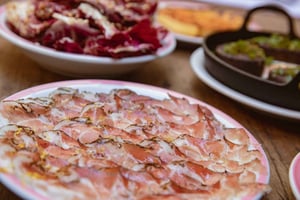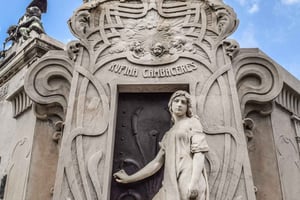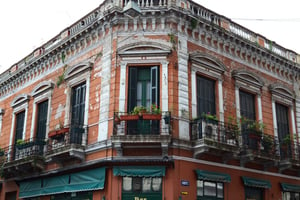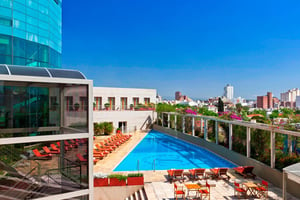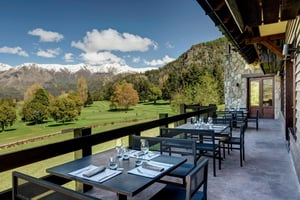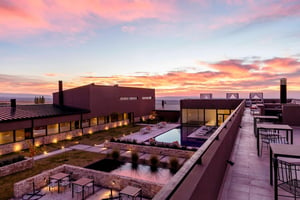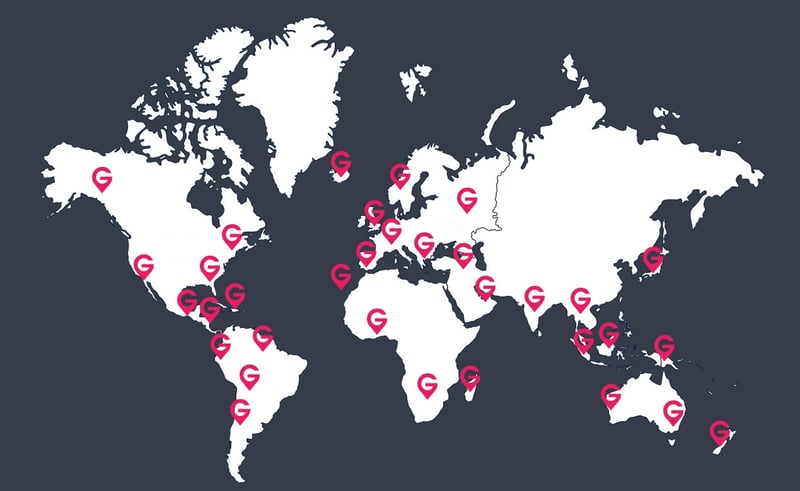Local Recommendations
Explore the World like locals
My Guide to Argentina
Local News & Articles
-

A walk through the different cheeses produced in Argentina
Family Fun Food & DrinkSince the arrival of the conquistadors in America, the production of cows in Argentina did not stop growing, it seemed that the cows flourished as fast as the grass. However, this limited the diet of the inhabitants of these lands to a disproportionate consumption of meat, the rest of the sub products of the cattle were for export, we are talking about leather, the bait and the antlers.
-

Dulce de leche, a very Argentinean tradition
Family Fun Food & DrinkMany have tried to dispel the myth that dulce de leche is an Argentinean invention. Some scholars in the field, argue that already in the colony was known a product of similar characteristics that came to the area of which - next to the Andes - from Chile.
-

Get to know Quebrada de Humahuaca: its history, places, and inhabitants
In the province of Jujuy, we find one of our most precious jewels: Quebrada de Humahuaca. A unique place where incredible landscapes are concentrated traces witness of human evolution through millenniums
-
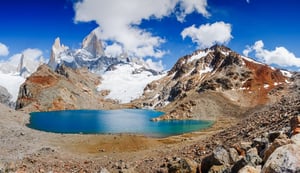
What to see in El Chaltén in 3 days - routes for mountaineers and hikers
Adventure Family Fun Mini BreakWanting to see one of the most impressive mountain destinations in the world? Here you have everything you need. Hiking routes for all levels and physical forms, viewpoints, excursions, and a thousand plans and places to see and do in El Chaltén.
-
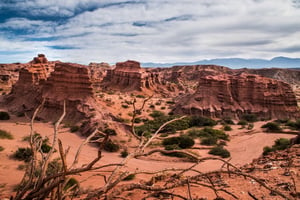
Inca Trail in Quebrada de Las Conchas
The road to Cafayate through the Quebrada de Las Conchas is one of the most important tourist attractions of our province. The majesty of its polychrome landscape, the interesting geological and cultural history
-
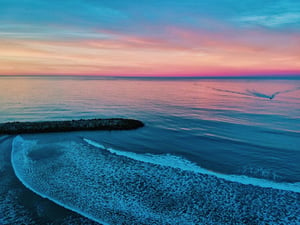
Gastronomy at Mar del Plata
Food & Drink Mini Break Retreats & RelaxationIn Mar del Plata, the gastronomic sector has a wide variety of options for tourists and for local visitors who want a getaway near the coast.
-
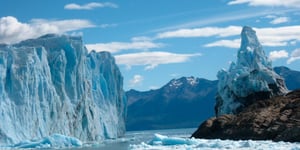
Tips For Travelling To Argentina
Argentina is a huge country where one life is not enough to travel from north to south or to visit its wonderful landscapes and cities. Fortunately, we received a series of recommendations and advice for travelling to Argentina that made our days in the country tremendously enjoyable.
-
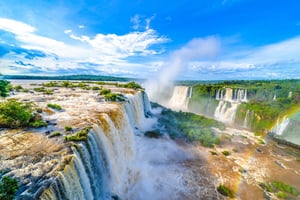
The Iguazu Falls - the Argentine side
The Iguazu Falls are one of these beauties that are unique and everyone wants to see them sometime in their life they are one of the 7 natural wonders of the world. While you are there you will not be able to stop taking pictures
-
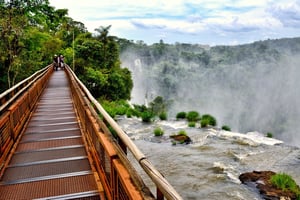
How to Travel from Buenos Aires to Iguazu Falls
The first thing we need to do when talking about how to get from Buenos Aires to Iguazu Falls is set the scene and describe exactly where the falls are.
What's On in Argentina
-
FEATURED
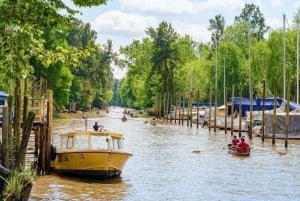
Sun 21st Dec From Buenos Aires: Tigre Delta Tour with Boat Ride
Sun 21st Dec, 2025 Argentina Argentina -
FEATURED

Sun 21st Dec Ushuaia: End of the World Train & Tierra del Fuego Park
Sun 21st Dec, 2025 Argentina Argentina -
FEATURED
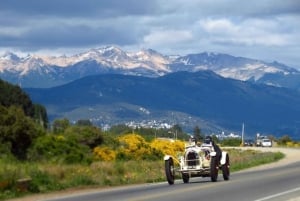
Mon 22nd Dec San Martín de los Andes por 7 Lagos
Mon 22nd Dec, 2025 Argentina Argentina -
FEATURED
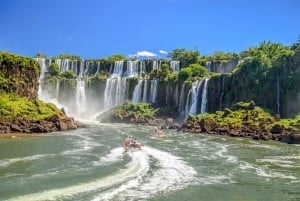
Sun 21st Dec From Foz do Iguaçu: Argentinian Iguazu Falls with Boat Ride
Sun 21st Dec, 2025 Argentina Argentina -
FEATURED
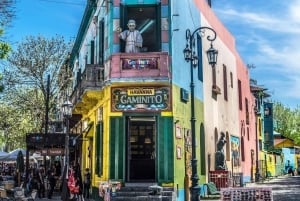
Sun 21st Dec Buenos Aires: La Boca Guided Walking Tour in English
Sun 21st Dec, 2025 Argentina Argentina -
FEATURED
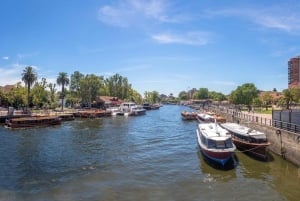
Sun 21st Dec Tigre: River Delta Panoramic Boat Tour
Sun 21st Dec, 2025 Argentina Argentina -
FEATURED
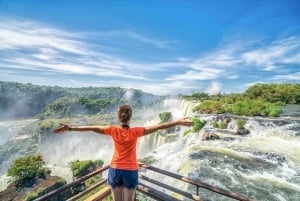
Sun 21st Dec From Foz do Iguaçu: Brazilian Side of the Falls with Ticket
Sun 21st Dec, 2025 Argentina Argentina -
FEATURED
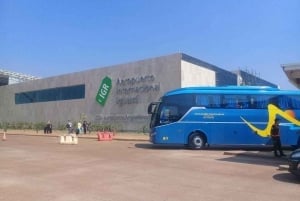
Sun 21st Dec Puerto Iguazu: One-Way or Round Trip Airport Transfer
Sun 21st Dec, 2025 Argentina Argentina -
FEATURED
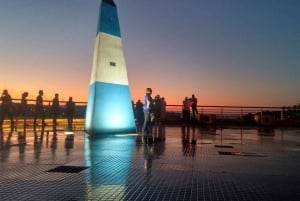
Sun 21st Dec From Foz do Iguaçu: Puerto Iguazu Night Tour
Sun 21st Dec, 2025 Argentina Argentina
Book Experiences in Argentina
-
FEATURED
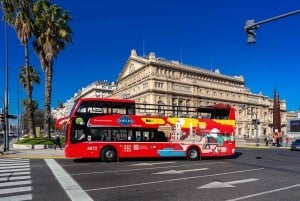 Best Seller
Best SellerBuenos Aires Hop-On Hop-Off, Free Walking Tours & Discounts
2037 ReviewsDiscover Buenos Aires with a 24-, 48-, or 72-hour hop-on hop-off bus ticket. Explore traditional and modern neighborhoods while learning about the area through a multilingual audio guide.
Check availability$39.00From -
FEATURED
 Best Seller
Best SellerFrom Buenos Aires: Colonia Ferry Tickets and Optional Tour
1564 ReviewsBoard a luxurious ferry from Buenos Aires to Colonia del Sacramento, a UNESCO World Heritage site. Spend the day exploring its stunning beauty and rich history on your own, or join an optional tour.
Check availability$65.00From -
FEATURED
 Best Seller
Best SellerBariloche: 1-Way or Round-Trip BRC Airport Transfer
379 ReviewsEnjoy a stress-free arrival or departure from BRC Bariloche Airport. Pre-book a 1-way or round trip transfer to or from your hotel in the city center in a comfortable, air-conditioned vehicle.
Check availability$18.50From -
FEATURED
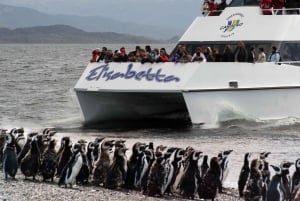 Best Seller
Best SellerUshuaia: Penguin Watching Tour by Catamaran
401 ReviewsNavigate the Beagle Channel and visit Sea Lion Island, Bird Island, and Les Eclaireurs Lighthouse. Observe a colony of penguins on Martillo Island (Penguin Island).
Check availability$165.00From -
FEATURED
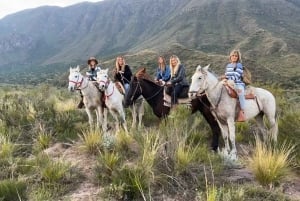 Best Seller
Best SellerMendoza: Horseback Riding in the Andes with Authentic BBQ
339 ReviewsExplore The Andes mountain range on a horseback ride, accompanied by bilingual guides. Decide whether to taste an authentic Argentinian barbecue, or "asado", with some red mendocinian wine.
Check availability$120.00From -
FEATURED
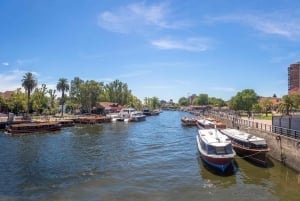 Best Seller
Best SellerTigre: River Delta Panoramic Boat Tour
261 ReviewsCruise through the waters of the 5 most important rivers of the Argentinian Delta on a modern 1-hour panoramic boat cruise while learning about the history of this unique region north of Buenos Aires.
Check availability$18.00From -
FEATURED
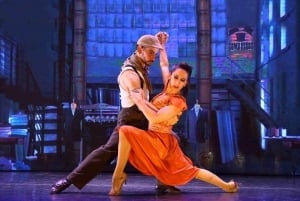 Best Seller
Best SellerBuenos Aires: Madero Tango Show with Optional Dinner
585 ReviewsExperience the magic of tango in its birthplace with a live show in Buenos Aires and an optional 3-course dinner and drinks. Marvel at elaborate costumes and a full live band accompaniment.
Check availability$25.00From -
FEATURED
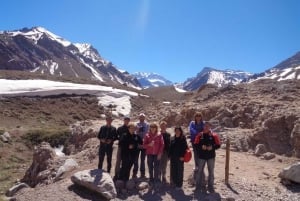 Best Seller
Best SellerFrom Mendoza: High Andes Aconcagua Mountain Tour
741 ReviewsHead to the Andes and enjoy views of Aconcagua, the highest peak in the Americas. Learn about the region from your guide, and make stops at Potrerillos, Uspallata, and Puente del Inca.
Check availability$70.00From -
FEATURED
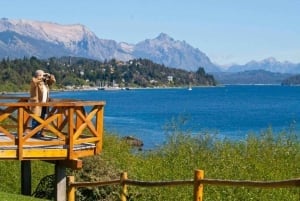 Best Seller
Best SellerCircuito Chico
142 ReviewsExperience the beauty of Bariloche and its surroundings on a scenic half-day circuit. This is one of the most popular spots in Patagonia. You’ll have spectacular views of Lake Nahuel Huapi, Cerro Campanario, and the Llao Llao peninsula on the tour.
Check availability$29.00From
Mini Guides
-


Best transfer options to Recoleta Buenos Aires
Handpicked by a Local Expert
-

Best activities to do in San Telmo Buenos Aires
Handpicked by a Local Expert
-


Best activities to do in Palermo Buenos Aires
Handpicked by a Local Expert
-


Best walking tours in Recoleta Buenos Aires
Handpicked by a Local Expert
-

Best entry tickets in Buenos Aires
Handpicked by a Local Expert
-


Best transfer options to Puerto Madero Buenos Aires
Handpicked by a Local Expert
-


Best day trips in Recoleta Buenos Aires
Handpicked by a Local Expert
-


Best transfer options to Palermo Buenos Aires
Handpicked by a Local Expert
-


Best Day trips in Caminito La Boca Buenos Aires
Handpicked by a Local Expert
-


Where to stay when traveling in Argentina
Handpicked by a Local Expert
-


Best day trips San Telmo Buenos Aires
Handpicked by a Local Expert
-

Top Things to do at Night in San Telmo & Palermo Buenos Aires
Handpicked by a Local Expert
-


Best walking tours in San Telmo Buenos Aires
Handpicked by a Local Expert
-


Best day trips in Palermo Buenos Aires
Handpicked by a Local Expert
-

Best walking tours in Puerto Madero Buenos Aires
Handpicked by a Local Expert
-


Most unique hotels in Argentina
Handpicked by a Local Expert
-


Best vegan and Vegetarian restaurants in Argentina
Handpicked by a Local Expert
-


Best pizza places in Argentina
Handpicked by a Local Expert
-


Best Italian restaurants in Argentina
Handpicked by a Local Expert
-


Highly recommended traditional restaurants in Argentina
Handpicked by a Local Expert
-


Best asian fusion restaurants in Argentina
Handpicked by a Local Expert
-


Best Argentina restaurants in Argentina
Handpicked by a Local Expert
-


Best Spanish and Tapas restaurants in Argentina
Handpicked by a Local Expert
-


Best luxury hotels in Argentina
Handpicked by a Local Expert
-


Best hotels in Argentina
Handpicked by a Local Expert
Regional Guides
-
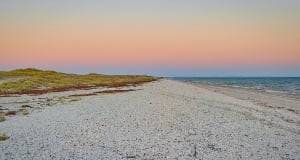
Atlantic Coast
Few provinces have such extensive and affable coasts... countless small ports or radars have sheltered for more than 60 years, places that emerged around the port and the coast itself.
-
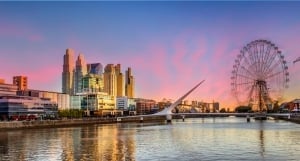
Buenos Aires
The vast province of Buenos Aires is one of the most characteristic territories of the Argentine soil. When we say "Argentina" we unfailingly say "Buenos Aires", we mean perfect soils, almost without decline, full of wheat, corn, soya beans... and unbeatable cattle...
-
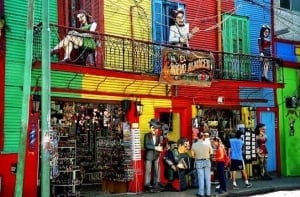
City of Buenos Aires
Originally a flat, treeless territory occupied by brave, warlike aboriginal groups that appeared and dispersed at great speed across the vast pampas. It was Juan Díaz de Solís who first tried some names for these places, calling the estuary of the River Plate Mar Dulce.
-
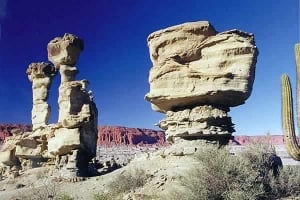
Cuyo
This region of the Argentine Republic is located in the central-western area, land of the aborigines and the last place of the Inca empire that extended its roads to the current province of Mendoza.
-
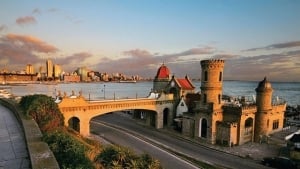
Mesopotamia
The name indicates the essence of its territory... "totally surrounded by rivers", except for the missionary town of Bernardo de Irigoyen which is the only dry border in this geographical region of Argentina.
-
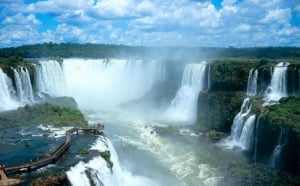
North East Argentina
In a territory as vast as Argentina, it is not too difficult to define the particularity of each geographical region. In the case of the northeast, we can highlight the versatility of the landscape that passes from the jungle in strata on the banks of the rivers to the thorny mountain in the western Chaco.
-
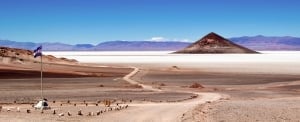
Northwest Argentina
Who only knows some isolated facts about Argentina, will never imagine the wonderful contrasts that this region of our country presents...the colours of the earth and the hills are confused in intense reds, dazzling ochres, permanent blue skies
-
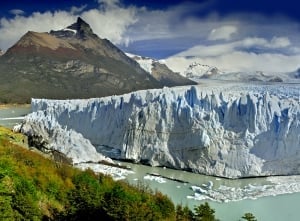
Patagonia
Of dubious origin, many say that it was Magellan's chronicler who first used the term Patagonia in his writings, back in 1520.
-
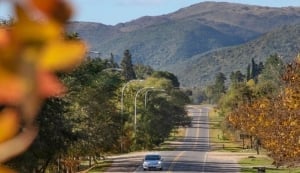
Sierra
Located in the eastern centre of the Argentine Republic, the mountainous destinations in the province of Córdoba and Buenos Aires are developed. All of them are Mediterranean, and their backbone is the Palaeozoic mountain range, which has been rejuvenated by the almost explosive rise of the Andes. In the particular case of Cordoba, it is impressive for its majesty.
We Are Part of the My Guide Network!
My Guide Argentina is part of the global My Guide Network of Online & Mobile travel guides.
We are now in 180+ Destinations and Growing. If you are interested in becoming a local travel partner and would like to find out more then click for more info about our Website Business Opportunity.
Nearby Destinations
Create New Guide
Filter Events by Sub-Category
Please select a Date first.



